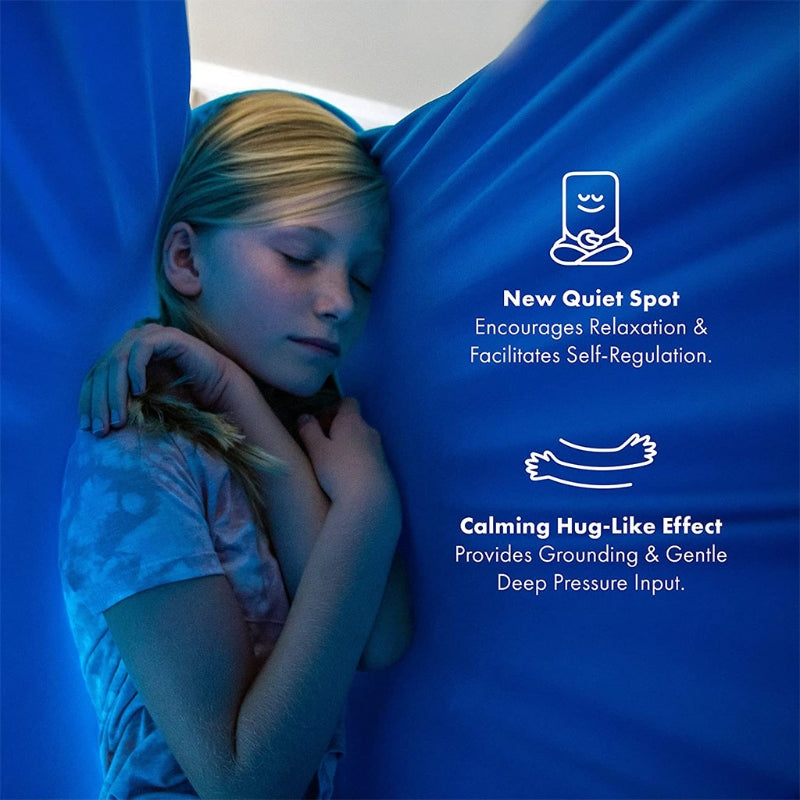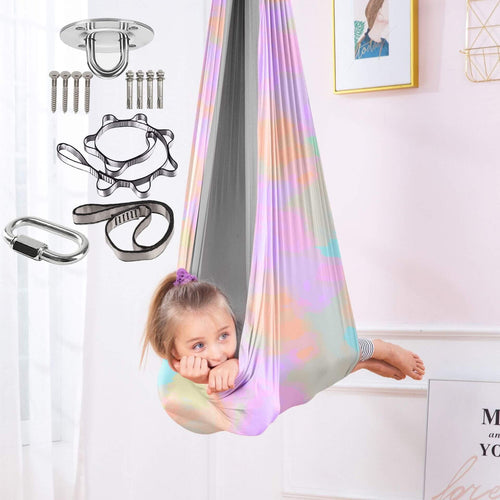10 Awesome DIY Activity Examples
Hey there, DIY enthusiasts! Today, I'm going to share with you 10 super fun DIY activity examples that you can do with your kids or even on your own for some creative relaxation. Let's dive right in!
1. Button Matching Game
This is a simple yet engaging game. All you need are some colorful buttons. You can collect old buttons from around the house or buy a pack from the craft store. Sort the buttons by color, shape, or size. Then, create pairs or groups based on your chosen criteria. For example, you could have a set of all round blue buttons as one group and square red buttons as another. Lay them out on a table or a piece of cardboard, mix them up, and then see how quickly you or your little ones can match them back up correctly. It's a great way to work on visual recognition and fine motor skills.
2. Magnetic Letter Board
To make a magnetic letter board, you'll first need a small magnetic whiteboard or a piece of metal that you can attach magnets to. You can then purchase some magnetic letters (either individual ones or in a set). Kids can use these letters to spell out words, make sentences, or just have fun arranging them randomly. It's an excellent tool for learning the alphabet, improving spelling, and sparking creativity when it comes to making up stories with the words they form.
3. Popsicle Stick Picture Frame
Collect a bunch of popsicle sticks. You can paint them in different colors if you like to make them more colorful. Then, using some glue or a hot glue gun (be careful with the hot glue if kids are involved), arrange the popsicle sticks in a rectangular or square shape to form the frame. You can add some embellishments like stickers, small beads, or even a piece of ribbon to decorate it. Once it's dry, you can insert a favorite photo and display it on a shelf or give it as a handmade gift.
4. DIY Wind Chimes
For DIY wind chimes, you'll need some metal or wooden rods (you could even repurpose old curtain rods or chopsticks), some string, and something to make noise like small bells, beads, or shells. Tie the noisy items to the rods with the string at different lengths. Then, attach the rods to a piece of wood or a hanger. Hang it up outside in your garden or on your porch, and listen to the lovely tinkling sounds as the wind blows.
5. Paper Plate Masks
Paper plates are a great base for making masks. Let your imagination run wild! You can cut out eye holes, a nose shape, and a mouth. Then, use markers, crayons, or paint to decorate the mask. You could make it into an animal mask like a cat or a lion by adding ears and whiskers, or a superhero mask with a cool logo. Attach a string or a popsicle stick to the back so you can hold it up to your face and transform into your chosen character.
6. Homemade Playdough
Making your own playdough is not only fun but also allows you to control what goes into it. You'll need flour, salt, water, and some food coloring (optional). Mix the flour and salt together in a bowl, then slowly add the water until you get a doughy consistency. If you want to add color, mix in a few drops of food coloring. You can then use the playdough to make shapes, sculptures, or just squish it around for some sensory play. It's a great activity for rainy days or when you want to keep the kids occupied indoors.
7. Tissue Paper Flowers
Tissue paper flowers are so pretty and easy to make. You'll need some tissue paper in different colors, green pipe cleaners for the stems, and some scissors. Cut the tissue paper into squares or rectangles. Then, stack a few pieces on top of each other. Gently scrunch up the center of the stack to form the flower bud. Wrap a pipe cleaner around the scrunched part to hold it together and form the stem. You can make a whole bouquet of these tissue paper flowers to decorate a room or give as a gift.
8. Cardboard Box Fort
Who doesn't love building a fort? Grab some large cardboard boxes. You can cut out windows and doors if you want to make it more elaborate. Then, use tape or glue to attach the boxes together to form the walls and roof of your fort. You can decorate the inside with blankets, pillows, and stuffed animals to make it cozy. It's a perfect place for kids to play pretend, read books, or just have a little hideaway.
9. Rock Painting
Go on a rock hunt in your backyard or at a park. Find some smooth rocks of different sizes. Wash them clean and let them dry. Then, use acrylic paints to paint designs on the rocks. You could paint animals, flowers, patterns, or even turn them into little characters. Once the paint is dry, you can use them to decorate your garden, as paperweights, or just keep them as cute little collectibles.
10. Recycled Bottle Lanterns
Save up some empty plastic bottles. Cut off the top part of the bottle to create an opening. Then, you can use tissue paper or colored cellophane to cover the outside of the bottle. You can glue or tape the paper in place. Add a small LED light or a tea light (be careful with the flame if using a tea light) inside the bottle. Hang them up around your patio or in your room for a soft, ambient glow. It's a great way to recycle and create some beautiful lighting.
Tools and Materials List (Guide to purchasing SensoryHarbor Base Board + Accessory Pack)
Now that we've covered some amazing DIY activities, let's talk about the tools and materials you might need. One great option is the SensoryHarbor Base Board + Accessory Pack. Here's what you can expect to find in it:
- The base board itself, which is usually made of a sturdy material like wood or plastic. It provides a solid foundation for your DIY projects.
- Accessories such as buttons, magnetic pieces, small beads, and stickers. These can be used in a variety of the activities we've mentioned above. For example, the buttons can be used for the button matching game, and the magnetic pieces are perfect for the magnetic letter board.
- Some packs may also include tools like scissors, glue sticks, or a small paintbrush. These are essential for cutting, gluing, and painting during your DIY endeavors.
When purchasing the SensoryHarbor Base Board + Accessory Pack, make sure to check the contents carefully to ensure it has everything you need for the activities you're interested in. You can usually find these packs in craft stores or online. Read the reviews to see what other customers have to say about the quality and usability of the products.
Safety Tips: Avoid small parts, material selection suggestions
While DIY activities are a lot of fun, safety should always be a top priority. Here are some important safety tips to keep in mind:
Avoid small parts if kids are involved
Small parts like beads, buttons, or tiny magnets can be a choking hazard for young children. If you're doing a DIY activity with kids, especially those under 3 years old, make sure to either use larger versions of these items or supervise them closely at all times. You can also consider using alternative materials that are less likely to pose a choking risk, such as large pom-poms or felt pieces.
Material selection suggestions
When choosing materials for your DIY projects, think about the durability and safety of the materials. For example, if you're making something that will be used outdoors, like the DIY wind chimes, choose materials that can withstand the elements, such as metal or weather-resistant plastic. If it's for indoor use, like the paper plate masks, you can be a little more flexible with your choices, but still make sure the materials are non-toxic, especially if kids will be handling them.
Also, when using paints, make sure to use non-toxic acrylic paints if possible. They are safer for both you and the environment. And if you're using glue, read the label to make sure it's suitable for the materials you're working with and that it doesn't emit any harmful fumes.
By following these safety tips and choosing the right materials, you can ensure that your DIY activities are not only fun but also safe for everyone involved. So go ahead and get creative with your DIY projects!






